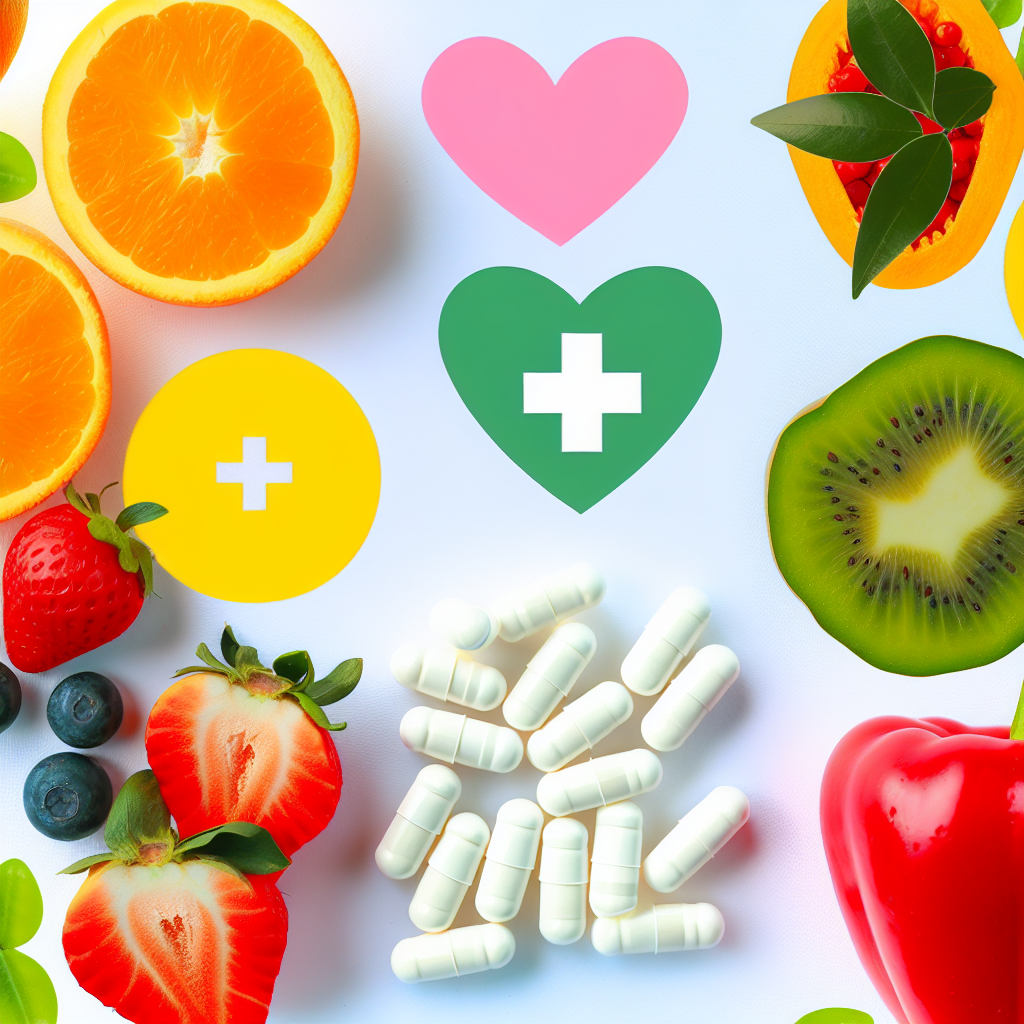The most important step in optimizing vitamin C is ensuring that you're absorbing it properly. That means starting out with a low concentration and gradually increasing as tolerated, advises Robinson.
On a per-body-weight basis, non-synthesizing related species of mammals that cannot produce vitamin C consume amounts 10 to 20 times higher than the recommended dietary allowances set for humans.
Daily Tips
The importance of Vitamin C has been undisputed for over a century. The body’s inability to manufacture this nutrient requires it be consumed through diet. Inadequate intake of this essential nutrient can lead to the infamous and potentially fatal condition scurvy. This deficiency manifests as muscle pain, sunken eyes, poor wound healing and a host of other health issues.
The current global RDAs for vitamin C vary widely, despite comparable data being used by authorities to determine the recommendations (see figure). This variation can be explained by differences in health perspectives which influence the conclusions reached. Many countries base their recommendation on the prevention of scurvy, whereas others use criteria such as maintaining adequate plasma vitamin C concentrations to reduce non-communicable disease risk.
The recommended daily allowance for vitamin C is 90 milligrams a day for adult men and 75 milligrams a day for women. This can be achieved through a healthy balanced diet or through dietary supplements that contain the appropriate dosage. However, be careful about taking too much supplemental vitamin C as it can cause side effects. Excess levels can also interfere with certain medications. For example, consuming large amounts of grapefruit or a supplement containing citrus fruits like Seville oranges can interfere with some kinds of chemotherapy drugs.
Health Benefits
Vitamin C is one of the safest nutrients and provides impressive health benefits. It helps strengthen your immune system, and lowers blood pressure. It also aids in the absorption of iron and reduces oxidative damage to cells and tissues. The dietary reference intake (DRI) for adults is 90 mg per day. The tolerable upper limit (UL) is 2,000 mg per day for adults.
A nutrient used by the body for several functions, vitamin C is essential in small amounts and can be found in foods such as citrus fruits, tomatoes, potatoes, kiwi fruit, strawberries and green and red peppers. Vitamin C is also available as a supplement in most health food stores.
Clinical trials of high-dose supplemental vitamin C have failed to show that it significantly reduces the incidence of or duration of the common cold. However, high intakes of vitamin C appear to reduce the risk of developing advanced age-related macular degeneration by slowing retinal pigmentation.
Vitamin C is a water-soluble nutrient and is not stored in the body, so it is important to get enough in your daily diet. Some foods are good sources of vitamin C, but the best source is fresh fruits and vegetables. Vitamin C is also added to some breakfast cereals and other processed foods.
Usage Guide
The recommended dietary allowance (RDA) for vitamin C is 75 mg per day for adults, and it is typically incorporated into daily routines through eating a diet that includes several servings of vitamin-C-rich fruit and vegetables and/or multivitamin supplements. As a potent antioxidant, maximizing blood concentrations of vitamin C can help prevent oxidative damage to cells and biological molecules. This may have protective benefits in aging populations who are at increased risk for diseases that are caused, in part, by oxidative damage, such as stroke and certain cancers. (55, 56)
Stroke is a type of cerebrovascular event that occurs when a blood vessel bursts or narrows and interferes with the flow of oxygen-rich blood to the brain. Most strokes are ischemic.
